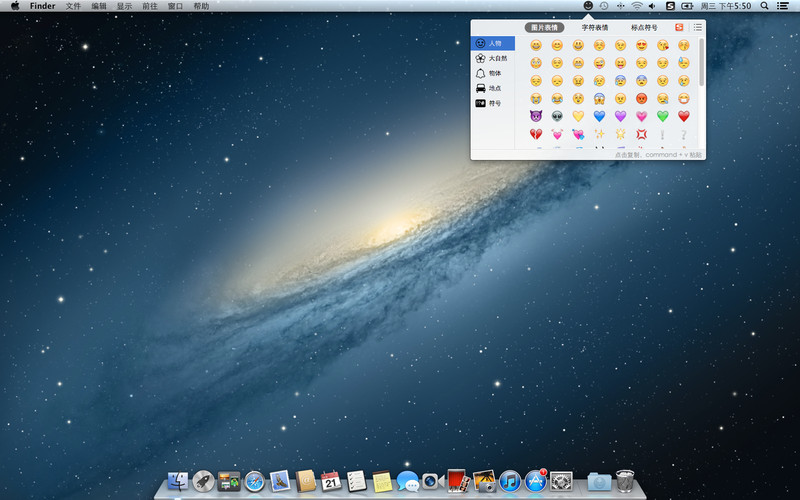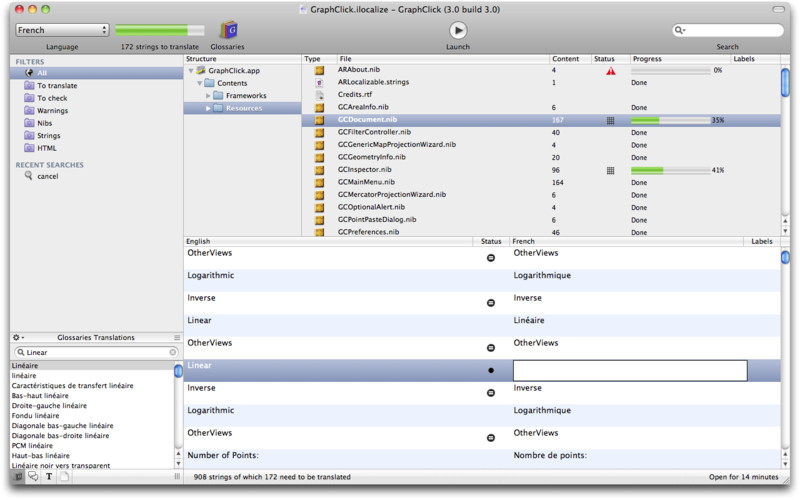
The built-in mechanism for localizing.NET applications uses RESX files and the classes in the System.Resources and System.Globalization namespaces. The RESX files containing translated strings are embedded in the Xamarin.Forms assembly, along with a compiler-generated class that provides strongly-typed access to the translations. NET applications uses RESX files and the classes in the System.Resources and System.Globalization namespaces.

Xamarin.Forms String and Image Localization. Localize the application name on each platform. Localize images based on culture settings for each platform. Specify the default culture in the shared project. Using resource files to localize Xamarin.Forms applications requires you to perform the following steps: Create Resx files containing translated text. One of the great parts of building mobile apps with Xamarin is that handling multiple languages is super simple. She writes Xamarin articles in her blog and you can find her on Twitter at Multilingual support is one of the most common requirements for mobile apps. NET Standard Library of PCL library in your solution, create your RESX files there and set their visibility to public.Ĭharlin is a Microsoft MVP. You can see several lengthy posts in Xamarin Forums regarding this (here and here for example).The easiest solution that will allow you to use the approach you want is to create a new.
#Ilocalize iphone code#
In this folder, add AppResources.resx and “HelloWorld” with the value “Hello from App Resource” to the new RESX file: The final step before all the wiring is complete is to replace the hard-coded text in the XAML code with bindings that will retrieve the text from the resource file.Ĭreating RESX files within Shared projects is known to cause issues. Static properties are generated in the AppResources class for each row in the resource file. Since the sample project resource file is named AppResources.cs, Visual Studio generates a matching class called AppResources. This class is named based on the default resource file name. Text is localized in Xamarin.Forms using the generated AppResources class. Typical resources that are stored in a ResourceDictionary include styles, control templates, data templates, colors, and converters. appresources xamarin xamlĪ ResourceDictionary is a repository for resources that are used by a Xamarin.Forms application. To use the resources in XAML, you need to import your resource class namespace and set any property value using the Static expression. This pacakage depends on new Xamarin.Forms 3.0 package with support to RTL content. If you are using Xamarin Forms it would be in your App.cs. targetType, of type Type, is the type of the binding target property. This method accepts four arguments: values, of type object, is an array of values that the source bindings in the MultiBinding produces. Xamarin.Forms calls this method when it propagates values from source bindings to the binding target. NET Developers - Philippines in partnership with DevCon PH and Seer Technologies had a whole day hands-on training session called Xamarin Code Camp for Professionals. Implementing Localization with Xamarin.Forms using Resx files Last month, Mobile. Once you retrieve it, you can set the current UI culture: var cultureInfo = () cultureInfo.CurrentUICulture = new ("fr-FR") Et voila, any changes to the UI culture will be reflected with any subsequent resource lookups.

For example, the Spanish-language folder is named es.lproj. Language-specific folders are named with the language or locale name, followed by.lproj.

On iOS, localized images are stored using a naming convention for folders in the Resources directory.


 0 kommentar(er)
0 kommentar(er)
